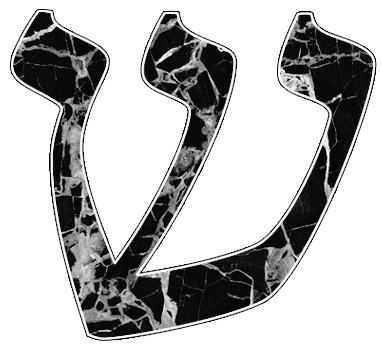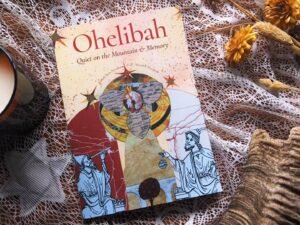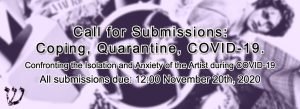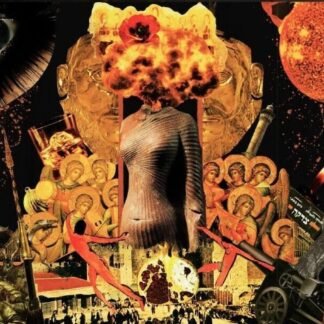In terms of reintroducing one’s self to the disorienting and disheartening world of fine art, one is forced to surround themselves with constant inspiration, and in a way, violently remove all obstacles in order to reach the level needed for artistic submersion. While others shut their doors, lock and key, and immerse themselves in art catalogues and cliche literature about solitude and expression, I opt instead to drown myself in my land. What better a source of inspiration for the rebirth of a phoenix then digging his hands deep into the soil of the Temple Mount, and uncovering fragments and artifacts of a world long gone? A world before myself, but a part of my and my forefather’s story nonetheless?
Often, the artist must undergo self-destruction in order to remerge complete, restructured, and rehabilitated in his craft. Same can be said for a nation, thrust through history and brought to its knees. The history of the Jews as destroyed, shattered, burned and bulldozed, only for us to piece it together once again. The flame of the artist doesn’t blow out, and the history of a people can never be erased. The phoenix didn’t ask to be fed, and was blessed with a thousand years of life, as the Midrash attests.
On occasion, the words of the Talmudic Sages ring objectively true, “Whoever has not seen Herod’s building has never seen a beautiful building in his life.” (Bava Batra 4a:6), and in holding a few glimmering stones and sherds, my mind recreates that Jerusalem from two millennia ago. My imagination and my ancestors meet in reality, and the only inspiration I need to begin is held in this unseeming hill on the Mitzpe HaMasuot. I hold these broken pieces of the Temple’s inner vessels in my hands, and I’m forced by a deep and sad instinct to recall the words of Ariel Sabar in the concluding chapter of his book My Father’s Promised Land, “Each time a language dies, another flame goes out, another sound goes silent. When the whispers of Aramaic and Dama, and Plains Miwok are last drowned out by the shouts, what do we do? We should pause to mourn. But then we must tell our stories in a new tongue, so at least the stories may survive.” We too stop for a brief moment and mourn the loss of our ancient structures, the radiant white and regal robes torn, the loss of hymns in our ancient dialects. We then continue to push forward in our new statehood and reality, our new Israel, slowly piecing together every mosaic tile, pot sherd, and bone fragment to unveil the full story of people’s trajectory.
In truth, our story hasn’t ended. Our story has persevered, and our defeat has become our victory, our adversary’s spite has become our treasured discovery. Our story continues as the Jewish people. Our story continues as Jerusalem, inhabited by many from all faiths and nations. Our journey continues as Eretz Yisrael, somber and sweet. Through destruction, we learn more about ourselves. In sifting through the rubble of our collective history, I discover more about myself and my people in a way that’s tangible and transcendent. In a way that’s rooted. In a way that makes me want to paint again, this time with the strength of my predecessors. The Sifting Project makes one feel like they’re a part of something bigger than themselves, a piece of the puzzle. It is as the great archaeologist Flinders Petrie stated in his Methods & Aims in Archaeology, “The man who knows and dwells in history adds a new dimension to his existence…He lives in all time; the ages are his, all live alike to him.”
For this, I am indebted to the Temple Mount Sifting Project, and call upon you, who is hungry for knowledge and truth. Journey from your place of dwelling and sift with the many thousands of volunteers from across the globe. Perhaps you too, will pick up the brush, or the lens, or the pen, soon after, and above all – You must remember that history can not be destroyed so long as the embers of memory still burn.
You can follow this link to read more about the history of the Temple Mount Sifting Project, their unique and important finds, and learn how to participate yourself:








